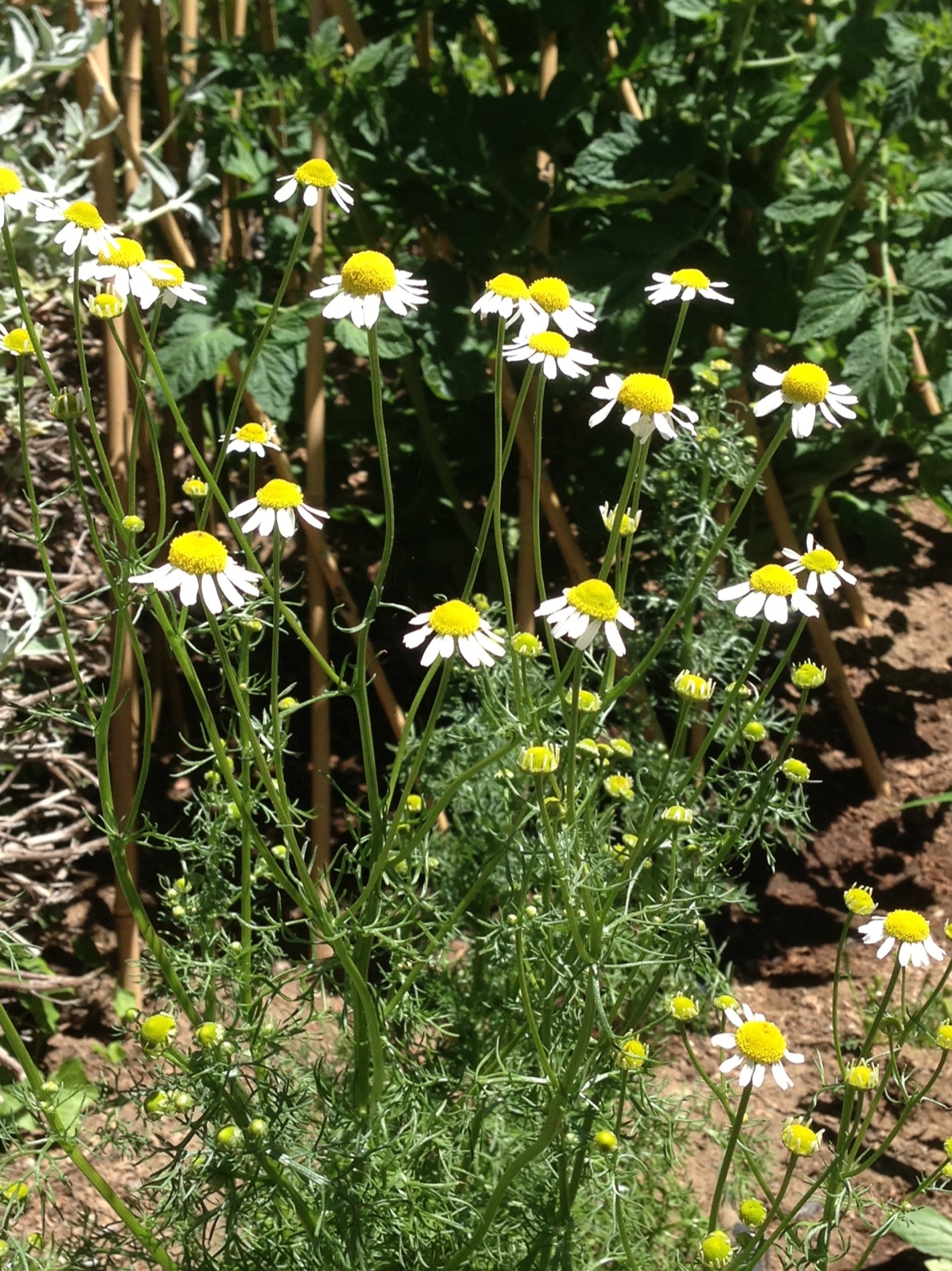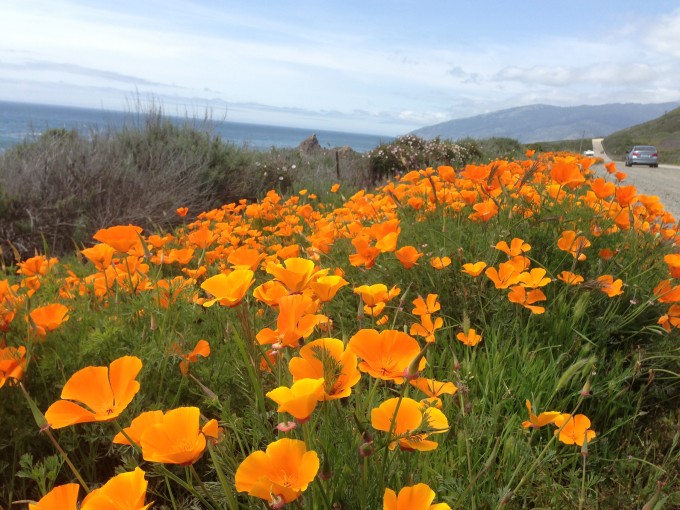 One of the nicest things about making my own herbal preparations is the way it connects me to the seasons. When I was a herbalist in London almost all my tinctures came in brown bottles packed in cardboard crates. Apart from Lemon Balm and Lime flower I just didn’t have access to enough fresh plant material, and even if I had, there was little time while I was running a business and practicing full time, to produce anywhere near enough to stock my apothecary.
One of the nicest things about making my own herbal preparations is the way it connects me to the seasons. When I was a herbalist in London almost all my tinctures came in brown bottles packed in cardboard crates. Apart from Lemon Balm and Lime flower I just didn’t have access to enough fresh plant material, and even if I had, there was little time while I was running a business and practicing full time, to produce anywhere near enough to stock my apothecary.
Now I’m in Santa Cruz, where the way of life is slower and the plants way more abundant, so there’s been every reason to get into some tincture making. With a little wild crafting, my ever-increasing herb garden and the kindness of good people letting me forage in their gardens, I’ve been tincturing up a storm these last few weeks. Whenever possible I much prefer fresh plant tinctures, or specifics, as they are sometimes known. And that means making sure I’m ready with my snippers just as each plant comes available. Leave it a week or two too long and, for many plants, the moment has passed for a whole year. It makes me hyper-aware of what's growing around me and is giving me a much deeper understanding about my chosen home and the flora which inhabit it.
The fleeting opportunities for laying my hands on fresh herbs means I need to be prepared with plenty of supplies. Tincture means alcohol, and since I don’t like the idea of storing large quantities of the 90 percent stuff, I rely on vodka. I’m currently buying it from our local liquor store, as they have a great deal on huge 1.75l bottles of Skyy. When I went in today and purchased my third bottle in a week, it was hard not to have a flicker of embarrassment, as the imperturbable dude behind the counter ever-so-slightly raised an eyebrow.
My herb cupboards are overflowing, so the counter in our utility room is now neatly lined with mason jars as the herbs gently infuse into their vodka. The low sunny wall behind the lawn is similarly adorned with Melissa and Chamomile sun tinctures and a huge jar of St John’s Wort oil, alchemically changing from yellow to deep ruby red.
St Johns Wort (Hypericum perforatum) is a good example of a here today, gone tomorrow herb. Named for St John, it blooms on his Saints day, 24th June in England and maybe just a week or two earlier here. The deep yellow flowers with their sun-ray stamens are around for a few weeks and then they fade and the season is over until next summer. I know it’s plentiful in the Sierras and other parts of California - so plentiful in fact that it’s considered a non-native invasive and plant sales are banned - but round these parts you don’t really see it. Earlier in the year I spotted some plants on a friend’s land and asked whether I could harvest, but when I rocked up a week or two ago, snippers in hand only one plant was in flower - not enough for a tea, let alone a quantity of tincture. Luckily a new herbal friend recently told me about The Sonoma County Herb Exchange http://www.sonomaherbs.org/herbalexchange.html. A fantastic clearing house which connects herb growers with medicine makers. Knowing time is short, I immediately ordered a pound of fresh St Johns Wort tops, (along with a pound of Wood Betony which I’ll write about another time). They arrived by courier two days later, as fresh as daisies and seriously bountiful - a pound of flowering tops is voluminous!
Within an hour of taking delivery, two thirds had been whizzed with vodka in the Vitamix, topped off and added to my stash on the counter and the rest was well covered with almond oil and ready to bask in the sun on the wall. When I say that making St John’s Wort oil is alchemy, it really does feel like that. Over the last few days I have watched the jar of golden flowers suspended in pale yellow oil, turn a deeper and deeper red as the ruby coloured hypericin in the herb is released and infuses into the oil. Once strained and poured into dark amber bottles, the oil will make a delightful and useful addition to my dispensary.
I’ll use my lovely St John’s Wort oil topically. It has an affinity with the nerves, so I’ll add it to balms, salves and oils to rub into musculo-skeletal injuries ands aches and pains which have a nerve pain dimension, like sciatica. As an anti-viral I’ll use it alone or in combination with other oils on chickenpox, shingles and herpes lesions, where it helps reduce pain, itching and tingling too. Another great use is to swoosh the oil around the site of toothache and after dental surgery, where it will help heal and reduce pain and infection.
And the tincture? Well, St John’s Wort is well known for being a go-to to lift the mood. There has been a fair bit of research on it, which has proven its efficacy but given it a reputation as a herb with a lot of interactions with prescription medication. The truth is that it has an effect on the liver which can speed the body’s metabolism of drugs: obviously not a good thing if the drug in question needs to release in the body over time. This can be a particular problem with antidepressants, the contraceptive pill and blood-thinning drugs like Warfarin. Anyone on medication should, in my view, check with a herbalist or their medical practitioner before self-medicating internally with herbs and this is one where I’d recommend that more than ever.
That said, I’ve given this herb to many, many people and been delighted time and again to see how profound and enormously helpful it can be, particularly when combined with other herbs to support and lift the spirits. As its sun-ray flowers light up the meadows at midsummer, so it can shine a little light into a life when darkness threatens.










